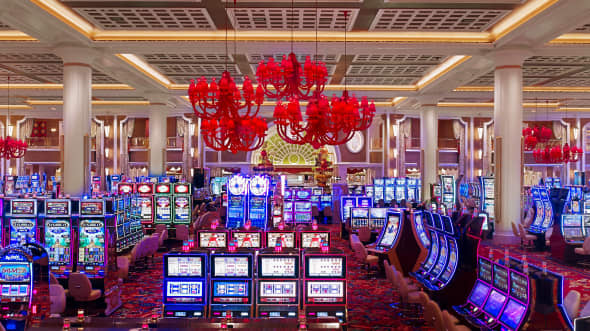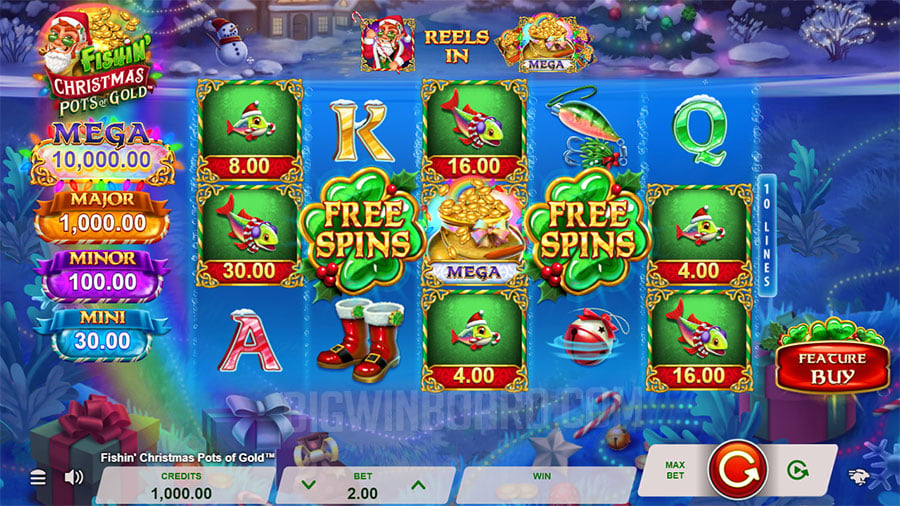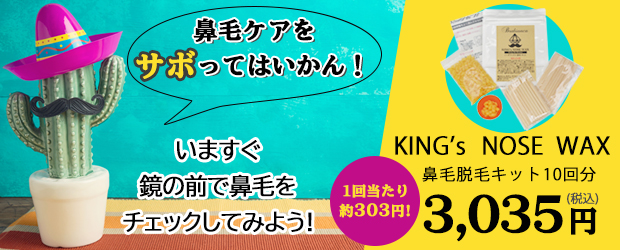Effective content layout is the backbone of engaging digital experiences. While many designers understand the importance of visual hierarchy, few leverage its full potential through concrete, actionable techniques. This in-depth guide explores how to systematically design, implement, and refine visual hierarchy within your content layouts, ensuring maximum user engagement and clarity. By delving into advanced typography structuring, visual cues, and real-world case studies, you’ll gain the expertise needed to elevate your content beyond superficial design.
もくじ
- 1 Table of Contents
- 2 1. Designing Clear Heading Structures Using Hierarchical Typography
- 3 2. Implementing Visual Cues (Color, Size, Spacing) to Guide User Attention Effectively
- 4 3. Case Study: Reorganizing a Blog Post to Enhance Readability and Engagement
- 5 4. Applying Advanced Grid and Modular Layout Techniques
- 6 5. Fine-Tuning Content Placement for Optimal User Flow
- 7 6. Enhancing Readability and Accessibility Within Content Layouts
- 8 7. Incorporating Interactive and Dynamic Content Elements
- 9 8. Common Pitfalls and How to Avoid Them in Content Layout Design
Table of Contents
- 1. Designing Clear Heading Structures Using Hierarchical Typography
- 2. Implementing Visual Cues (Color, Size, Spacing) to Guide User Attention Effectively
- 3. Case Study: Reorganizing a Blog Post to Enhance Readability and Engagement
- 4. Applying Advanced Grid and Modular Layout Techniques
- 5. Fine-Tuning Content Placement for Optimal User Flow
- 6. Enhancing Readability and Accessibility Within Content Layouts
- 7. Incorporating Interactive and Dynamic Content Elements
- 8. Common Pitfalls and How to Avoid Them in Content Layout Design
- 9. Measuring Impact and Iterating for Continuous Improvement
1. Designing Clear Heading Structures Using Hierarchical Typography
A fundamental step in establishing visual hierarchy is crafting a logical and consistent heading structure. Use a well-defined typographic hierarchy that clearly distinguishes primary, secondary, and tertiary content. This involves selecting appropriate font sizes, weights, and styles for each level, ensuring that users can easily scan and comprehend content at a glance.
Actionable Technique: Implement a typographic scale based on modular scales such as the Major Third (1.25) or Perfect Fourth (1.33). For example, set your H1 at 36px, H2 at 30px, H3 at 24px, and body text at 16px. Use font weights strategically—bold for primary headings, semi-bold or medium for secondary headers, and regular for body copy. Maintain consistent line heights (e.g., 1.4–1.6) to enhance readability.
To enforce clarity, employ CSS classes like:
.h1 { font-size: 36px; font-weight: bold; line-height: 1.4; }.h2 { font-size: 30px; font-weight: semi-bold; line-height: 1.4; }.h3 { font-size: 24px; font-weight: medium; line-height: 1.4; }.body { font-size: 16px; line-height: 1.6; }
Best Practice:
Use semantic HTML tags like <h1>, <h2>, and <h3> for accessibility and SEO, but complement them with CSS for fine-tuning visual hierarchy. Consistency in heading styles across pages reinforces user mental models and improves overall engagement.
2. Implementing Visual Cues (Color, Size, Spacing) to Guide User Attention Effectively
Visual cues are essential for directing user attention to key content areas or actions. Beyond typography, strategic use of color, size, and spacing can significantly influence how users navigate your layout.
Color: Use contrasting colors to highlight important elements such as CTAs, headers, or critical information. For example, a bright orange button on a muted background draws immediate attention. Limit your palette to 3-4 colors to prevent visual clutter and maintain harmony.
Size: Larger elements naturally attract the eye. Use size hierarchy to emphasize primary actions or messages. For example, a prominent, large headline paired with smaller subheadings and body text creates clear focal points.
Spacing: Employ generous white space around key elements to isolate them from distractions. Use CSS margin and padding properties to increase spacing around critical components. For example, adding 30px padding around a CTA button ensures it stands out and is easily clickable on all devices.
Practical Implementation:
- Apply CSS classes like
.highlightwith distinct background or text colors for emphasis. - Use media queries to adjust element sizing for responsiveness, ensuring visual cues remain effective on mobile devices.
- Leverage CSS Grid or Flexbox to create spatial relationships that prioritize content flow based on size and spacing.
3. Case Study: Reorganizing a Blog Post to Enhance Readability and Engagement
A mid-sized tech blog noticed high bounce rates on lengthy articles. By applying advanced visual hierarchy techniques, they restructured their posts to boost engagement.
**Step-by-step approach:**
- Analyzed existing layout: Identified cluttered sections and inconsistent heading styles.
- Redefined typography: Established a clear hierarchy using the principles discussed earlier, ensuring each heading level had distinct size and weight.
- Applied visual cues: Highlighted key sections with contrasting background colors and increased spacing around pull-quotes and important stats.
- Restructured content: Broke down long paragraphs into shorter, digestible chunks with subheadings.
- Tested and refined: Used heatmaps to observe user attention and adjusted spacing and color contrasts accordingly.
The result was a 30% increase in average time on page and a significant reduction in bounce rate, illustrating the power of strategic visual hierarchy.
4. Applying Advanced Grid and Modular Layout Techniques
Modern CSS features like Grid and Flexbox empower designers to create highly responsive, flexible, and user-centric layouts. Mastery of these tools enables dynamic content presentation that adapts seamlessly across devices.
CSS Grid for Structured Layouts
CSS Grid allows you to define explicit rows and columns, making complex layouts predictable and manageable. Here’s a practical example of a responsive article layout:
.article-grid {
display: grid;
grid-template-columns: repeat(auto-fit, minmax(250px, 1fr));
gap: 20px;
}
Implement this container around your content blocks to ensure they resize and reposition automatically based on screen size.
Flexbox for Content Alignment
Flexbox excels in aligning items along a single axis. Use it for horizontal navigation bars, inline content, or vertically centered elements:
.flex-container {
display: flex;
justify-content: space-between;
align-items: center;
}
Combine Grid and Flexbox in your layout for maximum responsiveness and control, ensuring a seamless user experience across devices.
5. Fine-Tuning Content Placement for Optimal User Flow
Strategic placement of content elements directly influences user engagement. Position your most critical content where users naturally expect to find it, considering typical reading and scanning patterns.
Maximize Engagement by Strategic Positioning
Place key calls-to-action (CTAs) above the fold, but also consider secondary placements within the content flow to catch users as they scroll. Use visual hierarchy to ensure these elements stand out without overwhelming the overall layout.
Analyzing Eye-Tracking Data
Leverage eye-tracking studies to identify natural gaze paths. Tools like Tobii or Hotjar can provide heatmaps that reveal attention hotspots. Adjust your layout by shifting important elements into these zones, typically the upper-left quadrant or center of the viewport.
Case Study: A/B Testing Layout Variations
Test different placements of your primary CTA, such as:
- Top-centered vs. bottom-centered.
- Inline within content vs. fixed at the side.
Use conversion metrics and heatmaps to determine which variation yields higher engagement, iterating based on data-driven insights.
6. Enhancing Readability and Accessibility Within Content Layouts
Readability and accessibility are non-negotiable for user engagement. Fine-tune your layout to serve all users, including those with visual impairments or on mobile devices.
Optimizing Line Length and Spacing
Maintain line lengths between 50-75 characters to prevent eye strain. Use CSS to enforce this:
.content { max-width: 600px; margin: 0 auto; line-height: 1.6; }
Accessible Font Choices and Contrast
Select fonts that are legible across devices, such as sans-serif fonts like Open Sans or Lato. Ensure sufficient contrast—at least 4.5:1 ratio—between text and background colors. Use tools like WebAIM Contrast Checker for validation.
Practical Examples for Mobile and Visually Impaired Users
- Implement larger tap targets (>48px) for mobile.
- Use ARIA labels and semantic HTML to assist screen readers.
- Test layouts with tools like VoiceOver or NVDA to ensure content is perceivable and operable.
7. Incorporating Interactive and Dynamic Content Elements
Interactive elements keep users engaged and can guide them through content more effectively. Use scroll-triggered animations, microinteractions, and embedded infographics judiciously to enhance experience without causing distraction.
Scroll-Triggered Animations
Leverage libraries like GSAP or ScrollMagic to animate content as users scroll. For instance, animate feature highlights into view or fade in callouts. Ensure animations are subtle and do not hinder accessibility.
Embedding Interactive Infographics
Use tools like D3.js or Chart.js to create infographics that respond to user interaction—such as hover effects or zoom. This not only conveys complex data more intuitively but also encourages user exploration.
Case Study: Interactivity Boosting Engagement
A SaaS company embedded microinteractions within their onboarding page—progress bars, tooltips, and hover effects—resulting in a 25% increase in feature adoption and user satisfaction scores.
8. Common Pitfalls and How to Avoid Them in Content Layout Design
<p style=”font-size: 1.1em; line-height: 1.




























